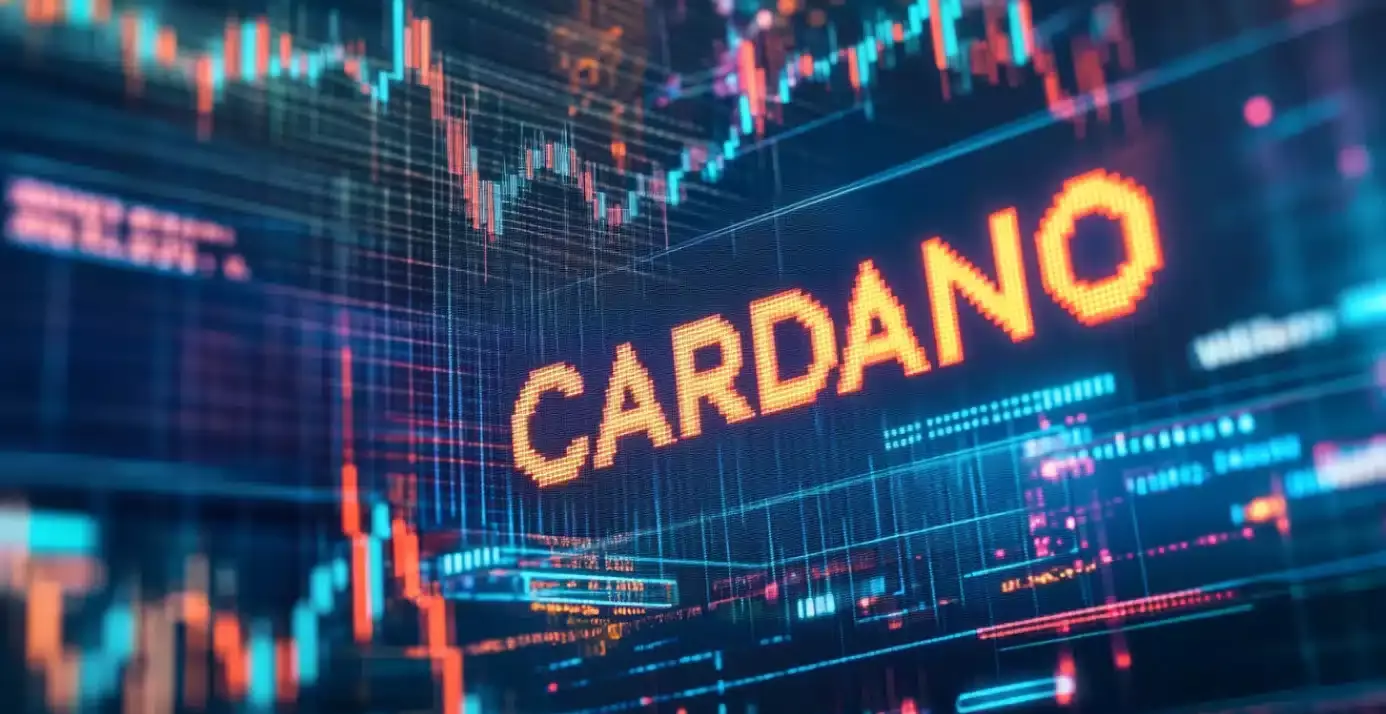Cardano (ADA) has been trapped in a relentless bear market, with its value plummeting by more than 50% since reaching its all-time high of $3.10 in November last year. Currently trading around the $0.615 mark as of April 16, Cardano reflects a broader struggle seen across other prominent layer-1 cryptocurrencies, like Avalanche (AVAX) and Solana (SOL). The crypto landscape has changed drastically, and while it’s easy to point fingers at the volatile nature of digital currencies, the crux of Cardano’s problem lies deeper than mere price fluctuations.
The Developer Dilemma: A “Ghost Chain” in the Making
One of the most pressing issues for Cardano is its inability to attract a robust developer community. Unlike Ethereum or even Solana, which have seen an influx of projects flourishing on their platforms, Cardano is unable to shake off the label of a “ghost chain.” According to DeFi Llama, ADA holds a total value locked (TVL) of merely $300 million, significantly trailing behind newly launched networks such as Binance, Aptos, and Sonic. Without active development, Cardano risks becoming stagnant—a fate that could be detrimental for its long-term viability.
The BitcoinOS Integration: A Double-Edged Sword
Amidst the negative sentiment, there is a beacon of hope illuminating Cardano’s future: the upcoming integration with BitcoinOS. This partnership promises to leverage zero-knowledge cryptography, potentially enabling Bitcoin holders to generate passive income without the fetters of intermediaries. The visionary behind Cardano, Charles Hoskinson, remains optimistic that this integration could usher billions into Cardano’s ecosystem. Nevertheless, optimism must be grounded in reality; the integration could either propel Cardano back onto the path of growth or serve to heighten its existing problems if implemented poorly.
Technical Analysis: Dismal Yet Hopeful Trends
Looking at the technical aspects, Cardano’s charts tell a story of both despair and potential resurgence. The weekly chart reveals a pronounced downtrend following a high of $1.323, yet there are signs that could indicate a bullish reversal. A crucial support level has formed at the 100-week Exponential Moving Average, showing that market participants may be defending this price robustly. Furthermore, the development of a bullish falling wedge pattern suggests that ADA might be approaching a breakout point, with initial targets set to reach around $1.323—a staggering 117% increase.
However, projections should be approached with caution. While the Elliot Wave pattern hints at a possible second-phase bullish rally, anticipating a monumental 400% incline within this year appears overly ambitious. Grounding such expectations in logical, measurable developments is essential for maintaining a sense of realism in a notoriously unpredictable market.
The Bottom Line: A Nuanced Outlook
While Cardano is currently entangled in numerous challenges, the potential for recovery exists but must be approached with caution. The cryptocurrency arena is unforgiving, and as other players capitalize on innovation and active developer ecosystems, the question stands: can Cardano rise from its metaphorical grave, or is it destined to fade into obscurity? Investors might want to think critically before placing their bets on what could either be a turnaround story or a prolonged period of stagnation.

